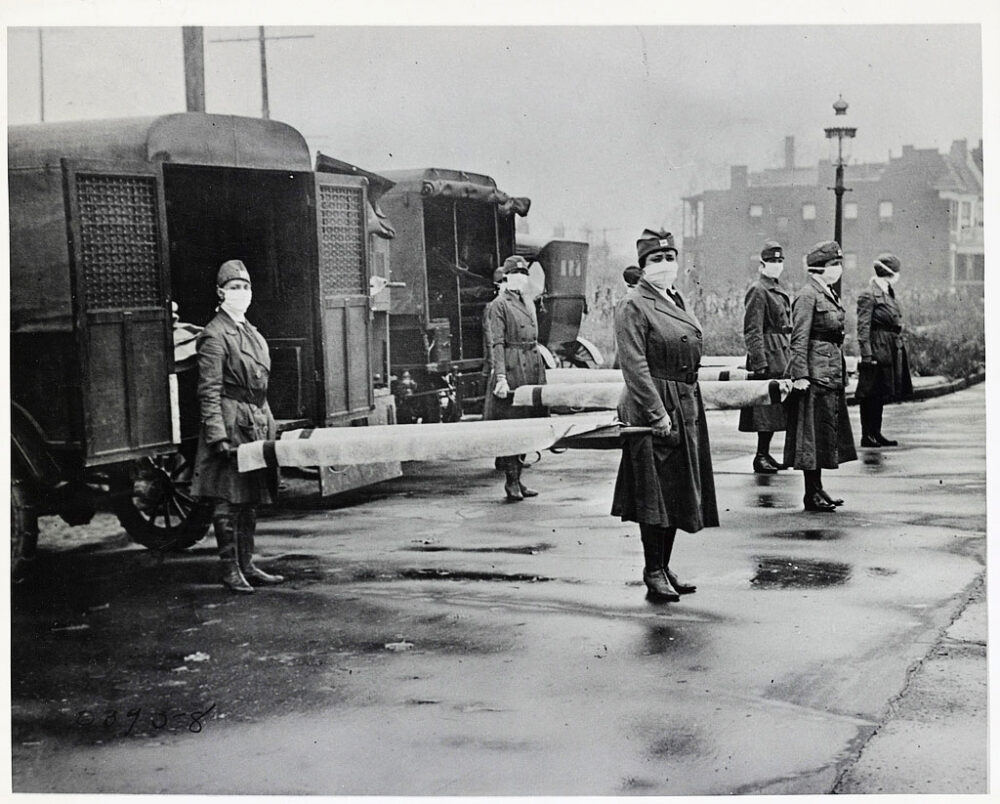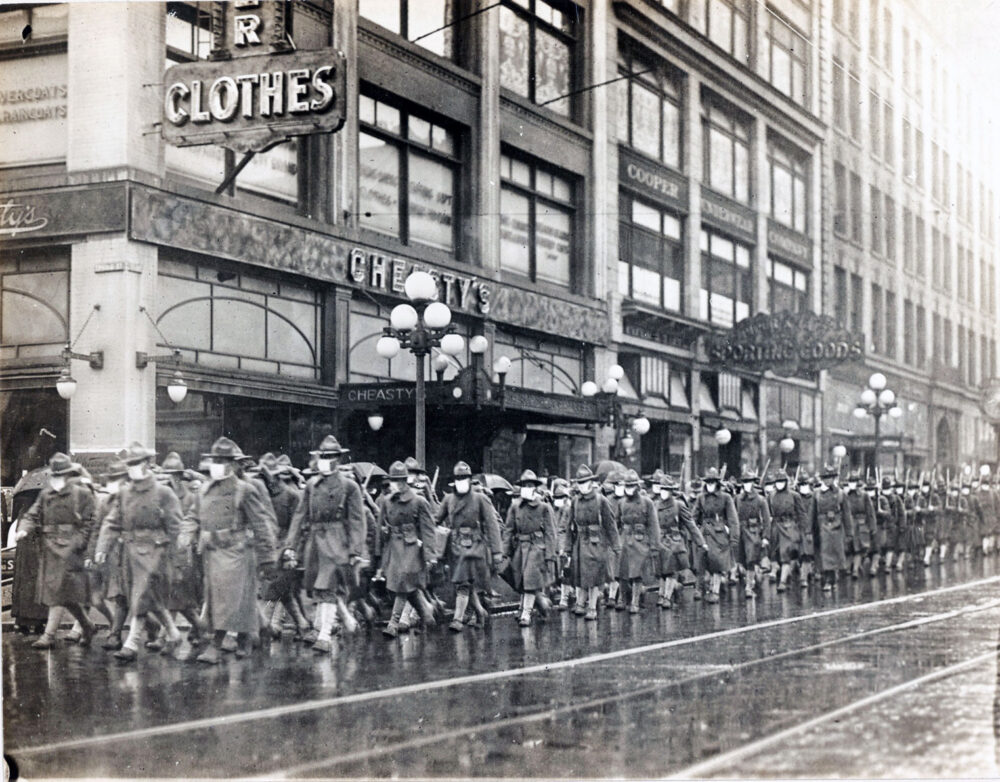Blair Garrett
A lot has changed over the past 18 months.
The world is a vastly different place. People have pressed through a lot of adversity to be where they are today.
Nobody has felt that adversity more than the small businesses that make up towns like Thurmont and Emmitsburg.
From your local restaurants to the Walmarts of our community, the majority of businesses are desperately looking for help. The signs are everywhere, and hiring managers are still having trouble getting applicants through the door.
The hiring shortage is a complex problem that has countless potential causes. But, it’s also a problem that is gutting businesses around the country that are looking to recover from continuous setbacks over the past two years.
Lack of employees is an issue that is felt from top to bottom, forcing local businesses in our hometowns to limit hours, cut back days, or even close for good during these difficult times.
While we deal with the fallout of mismanagement due to the pandemic on every level, the hiring problem even transcends our communities. Industries across the world that had either temporarily closed doors due to the Coronavirus or permanently shut down have sent a ripple effect that we deal with now every day.
Places responsible for importing many of the raw materials we use have experienced their own shortages, skyrocketing production times and prices, locally.
The smaller businesses owned and run by people you grew up with struggle every day to keep things rolling day after day. It is exhausting, and there is no simple fix for the situation we all have had the shared misery of navigating.
While there seems to be light at the end of the tunnel that one day this pandemic will officially be behind us, there are still major issues lingering throughout our communities.
“I work with these businesses every day, and it’s still a crisis situation for employment,” Town of Thurmont Economic Development Manager Vickie Grinder said. “The hiring situation, in general, has been coming for a long time, but the pandemic just solidified it and took it to the tenth power.”
While events are now somewhat in full swing, the staffing issue has not followed suit. “Over the past few months, small businesses in hospitality have had to close early because of the lack of employees,” Grinder said. “It has not rebounded at all.”
What exactly causes these shortages of workers is as complex an issue as it gets, but the pressure-cooker that the virus has put us in has exacerbated these problems tenfold.
Something not mentioned enough is how much inconsistency at home is putting pressure on families to adjust when they may not always have the means to. “As a parent, it’s kind of hard to work when one week your kids are in school, and one week they’re not,” Grinder said. “Especially if you’re a single parent, what are you going to do?”
Situations, where one or both caregivers have to work to provide for their children, have never been more challenging. If a child in class tests positive for the virus, how many students are being sent home, where a parent has to take time off work in order to be there for the kids?
That kind of flexibility is not a luxury that every parent can afford to have, and it’s often unmanageable for the businesses having to compensate for that.
“A lot of restaurants and manufacturing companies can’t have people in one week and out the next, and so people may just stay home,” Grinder said.
Many people point to government assistance as the culprit for workforce shortages, but there is always more to the story.
Maryland Governor Larry Hogan had been focused on alleviating the hiring shortage for months, pushing to end additional government funding back in July, with legal delays slowing down that process. While it is not up to states to decide whether or not to use pandemic relief funding toward unemployment benefits, Maryland officially decided to end the extra $300 per week assistance on September 5. More than 100,000 Maryland residents were receiving additional benefits when they ended last month, and for the time being, the unemployment situation continues to plague local businesses.
The blue-collar jobs that the United States was built on were for a long time the primary avenue for success for the American people. The post-Industrial Revolution tech boom has seen millions of people choose an alternative route to start their foundations on. With thousands more each year choosing higher education and tech careers out of high school over a physical labor trade, there are bound to be fewer people searching for small local businesses as the focus for their careers.
The fix for such a muddy situation is as gray as the cause for how we got here in the first place, but there is hope that this trend will turn the corner at some point. “I think we’re all witnessing something we never thought we’d see,” Grinder said.
Who knows, once this pandemic is behind us and our industries can return to the consistency and rhythms that previously made them successful, our communities might just see the economic rebound your favorite mom and pop stores have been hoping for.
Until then, be mindful of the difficulties your local businesses may have, and be understanding of the hard times we are pushing through, and support those places when you can. After all, a small town is nothing without the support of the community within it.



